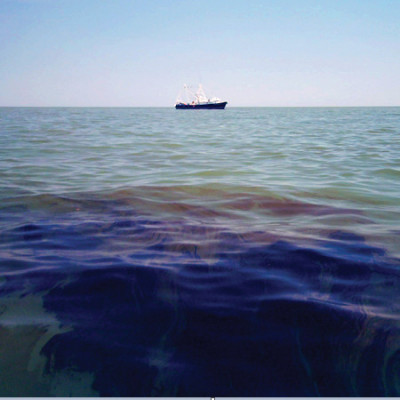
2021-09-19
Visited : 1519
It is an uphill battle to extract pollutants such as heavy metals, hydrocarbons, and radioactive metals from industrial waste and water run-off. Researchers typically focus on cleaning and purifying wastewater to prevent those pollutants from entering the environment and damaging ecosystems. But a team of researchers from Missouri S&T have devised a way to not only clean up heavy metals from the wastewater, but also facilitate recycling the chemicals used and reusing the metals that are extracted.
Dr. Muthanna Al-Dahhan, Curators’ Distinguished Professor of chemical and biochemical engineering at Missouri S&T and Qusay Jaafar Al-Obaidi, a Ph.D. student in chemical engineering, have developed a system that can gather contaminants over 10 times more efficiently than current methods. Their submitted patent for this method, which is in its final stages of approval, adds nanoparticles and ionic liquids to enhance the emulsion liquid membrane (ELM) extraction process – a technique that combines the extraction and stripping of water-based contaminants into one stage.
“This is the first combined use of nanoparticles and ionic liquids to enhance heavy metals and hydrocarbons extraction and recovery or removal from wastewater and water in a significantly shorter time and to near completion,” says Al-Dahhan. “Enhancing the separation of heavy metals could have wide commercial applications. The method is more efficient and cost effective, and it could also potentially save entire regional ecosystems from harmful chemicals.”
Heavy metal compounds and hydrocarbons are often found in water run-off from pesticide, petroleum, energy and petrochemical industries, as well as mining. When released into the environment, the compounds accumulate in the food chain and continue to persist in nature – potentially causing health issues to animals and plants.
“During extractions, we use magnetic nanoparticles,” says Al-Obaidi, who also has a scholarship for chemical engineering at the University of Technology-Iraq. “The magnetic nanoparticles can then be recovered and recycled, which of course is much more economically desirable for industrial processes.”
The current standard ELM process can swell and break during the metal extraction process. Al-Dahhan and Al-Obaidi have found that they can improve the stability of the separation process by adding a combination of nanoparticles and ionic liquids.
“This stabilization is needed for effective transforming on an industrial scale” says Al-Dahhan. “By using this combination of nanoparticles and ionic liquids to enhance the separation process and improve the stability of ELM, we can transform the process from batches to a continuous effort and apply it to large-scale commercial and industrial applications. Cleaning up water efficiently and potentially reusing removed pollutants, particularly heavy metals, could also boost new trends of research in the chemical engineering field.”
Read the original article on Missouri University of Science and Technology (Missouri S&T).